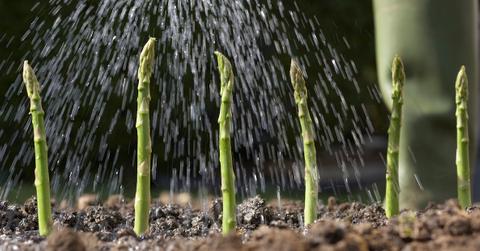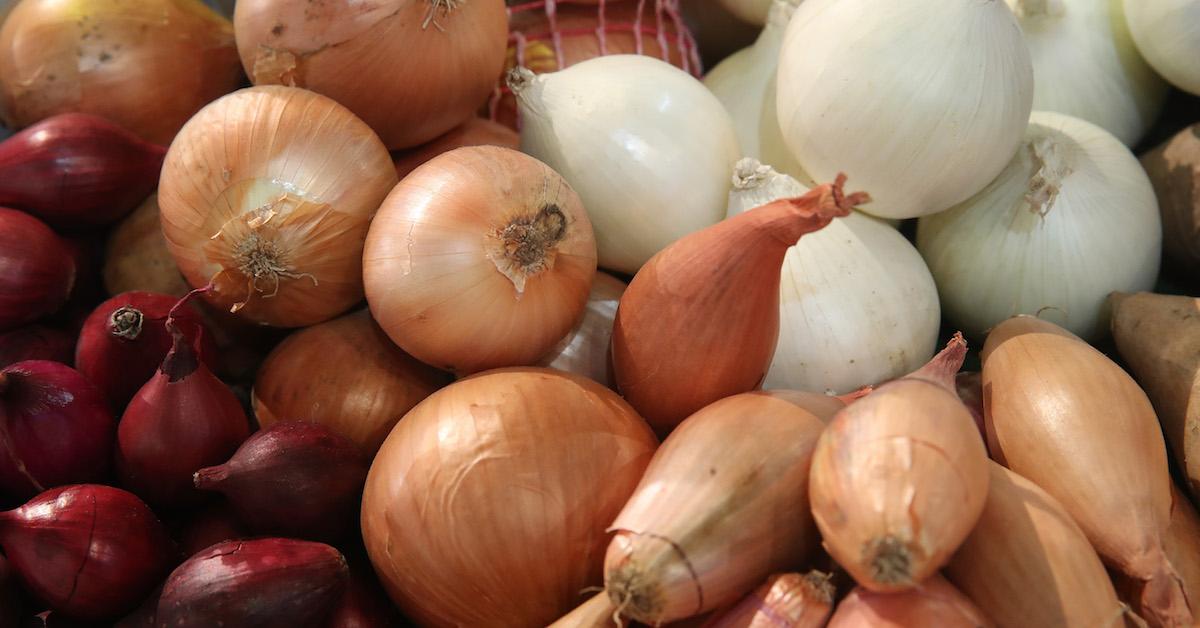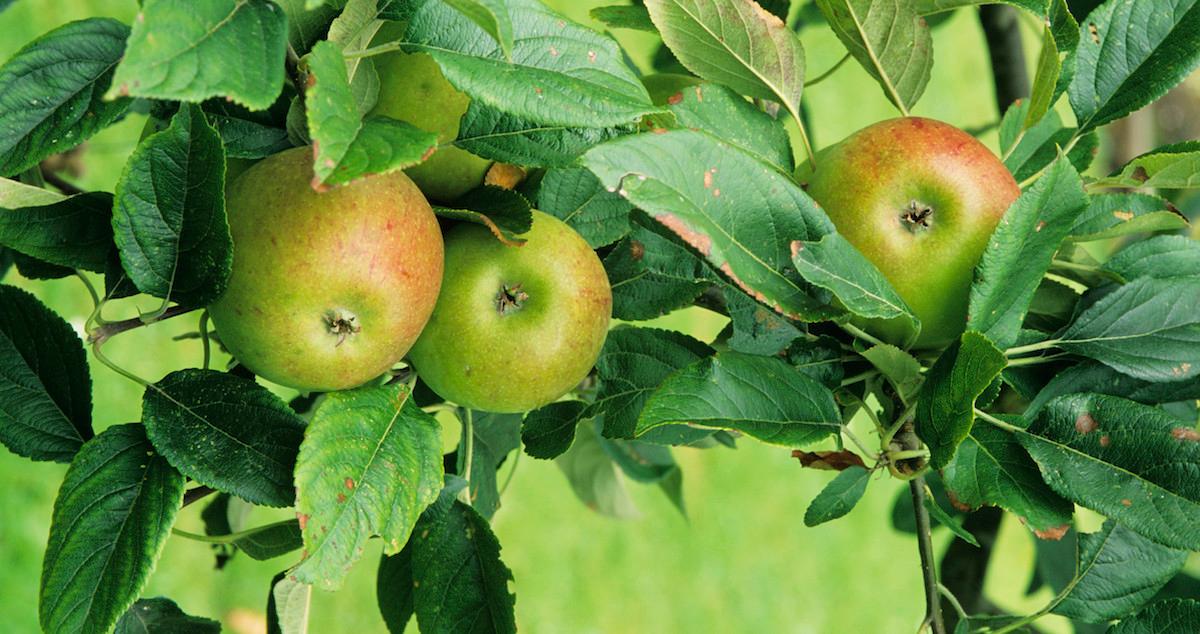Plant pH: Exploring the Pros and Cons of Gardening With Lime
Published May 27 2021, 12:54 p.m. ET

When people think of lime, they likely imagine a green citrus fruit that delightful pairs with cocktails — though garden lime is an entirely different story. Many plants thrive with the application gardening lime, while others don't quite reap the same benefits. So, what plants need lime to grow?

How does garden lime work?
According to The Spruce, gardening lime is made of powdered limestone rock, and it's typically used to increase alkaline levels in soil. But raising and lowering the pH of soil is a delicate business, and while garden lime can be exceptionally useful in the right circumstances, it’s important to note that only certain types of lime are meant for agricultural use.
The Spruce reports that only two types of lime are meant for landscaping. Garden lime is made from calcium carbonate, and dolomitic lime, while slaked lime and quicklime aren't recommended for lawn or garden use.
According to Rural Living Today, garden lime is used to raise soil’s pH level. Chemicals, metals, and other elements can make soil too acidic for many plant species and the application of lime can reduce the pH to workable — even ideal — levels. However, not all plants require this type of intervention.
What garden plants need lime?
In terms of vegetables, Rural Living Today recommends using lime if you’re looking to grow legumes like peas or broad beans. Onions and garlic will also benefit from lime, as will asparagus, parsnips, and spinach. Fruit trees, specifically apple trees, prefer less acidic soil. Lime will help lower the pH and make your fruit-bearing trees’ yields more abundant. Certain flowers like gypsophila, delphiniums, and buddleia will also prefer alkaline soil.

What are the benefits of adding lime to garden soil?
Lime doesn’t just raise the pH of soil, it also enhances the root absorption of other beneficial nutrients like nitrogen. According to Love to Know, lime supports healthy soil bacteria and microbes that are beneficial to maintaining healthy soil over time.
When do you add lime?
Gardening Know How recommends using lime in the fall and giving it several months to dissolve into the soil before planting begins in the springtime, as lime can take six months to a year before it has measurable pH levels. The point is, you probably won’t see the results of adding lime until next year’s crop comes in.
To add lime to a garden bed, dig to a depth of 8 to 12 inches all along the length and width of the entire bed. Spread the lime evenly over the soil and place the displaced soil back over the top. Then, rake in to a depth of about 2 inches and till the soil until all of the lime is properly mixed. If it works, you should see results within the year.

What plants don’t need lime?
According to Rural Living Today, several plant species react poorly to lime, such as sweet and regular potatoes, peppers, and tomatoes. Certain types of berries, like strawberries, raspberries, and blueberries, prefer acidic soil, so lime would only take away the elements they need to thrive. Grapes, magnolia, azaleas, and rhododendrons are all in the same acidic soil-loving boat, as well — so gardeners, take notes.